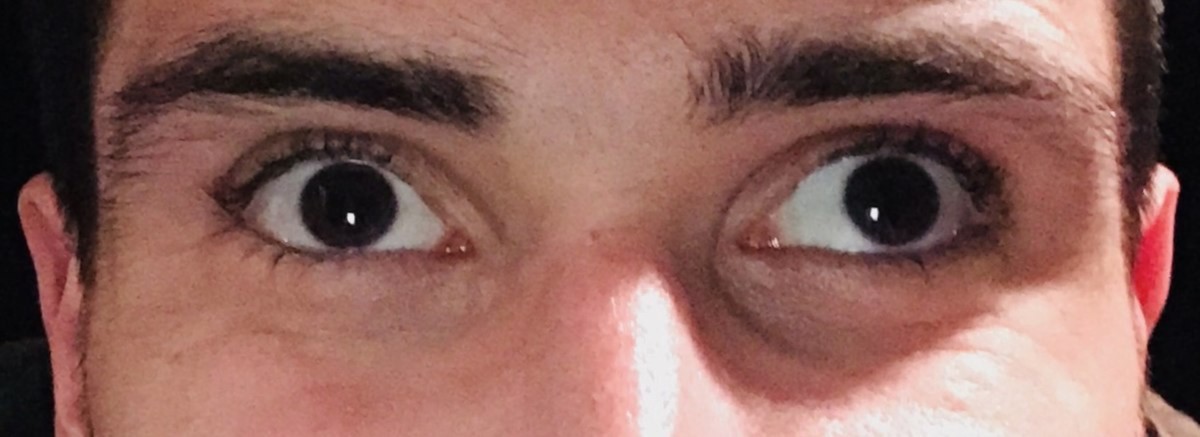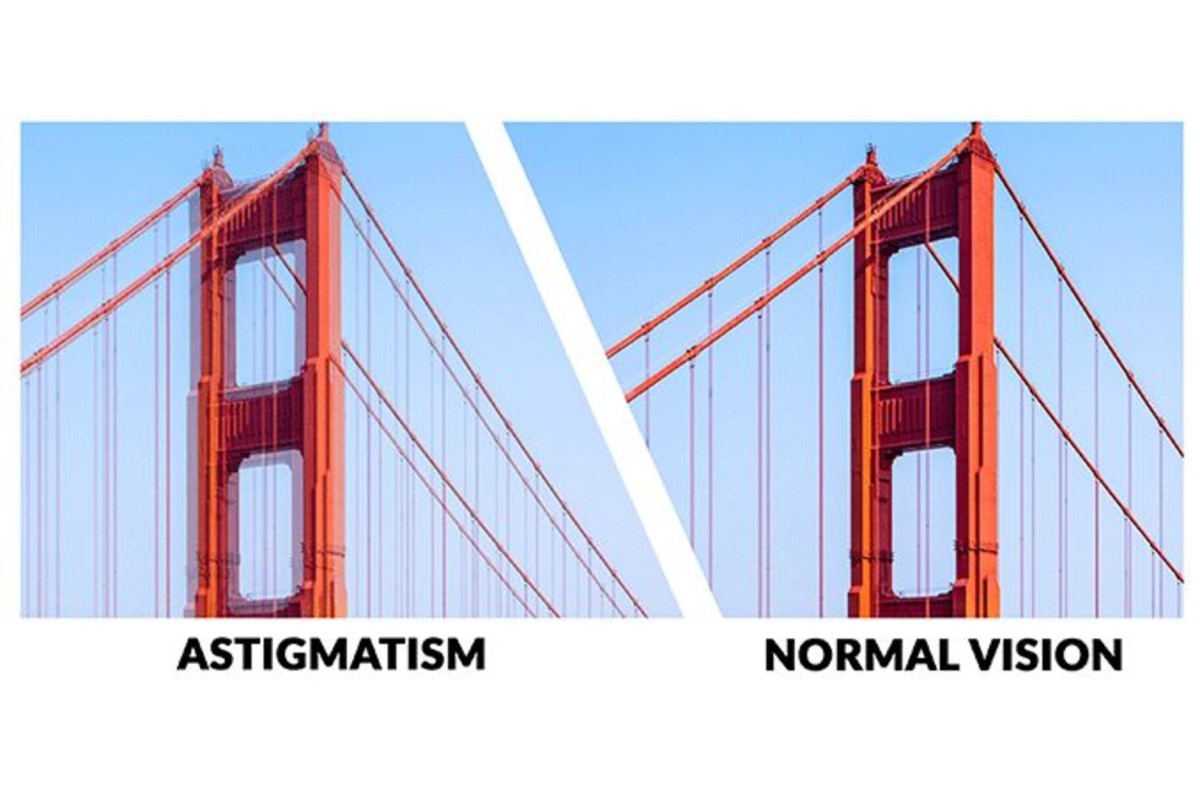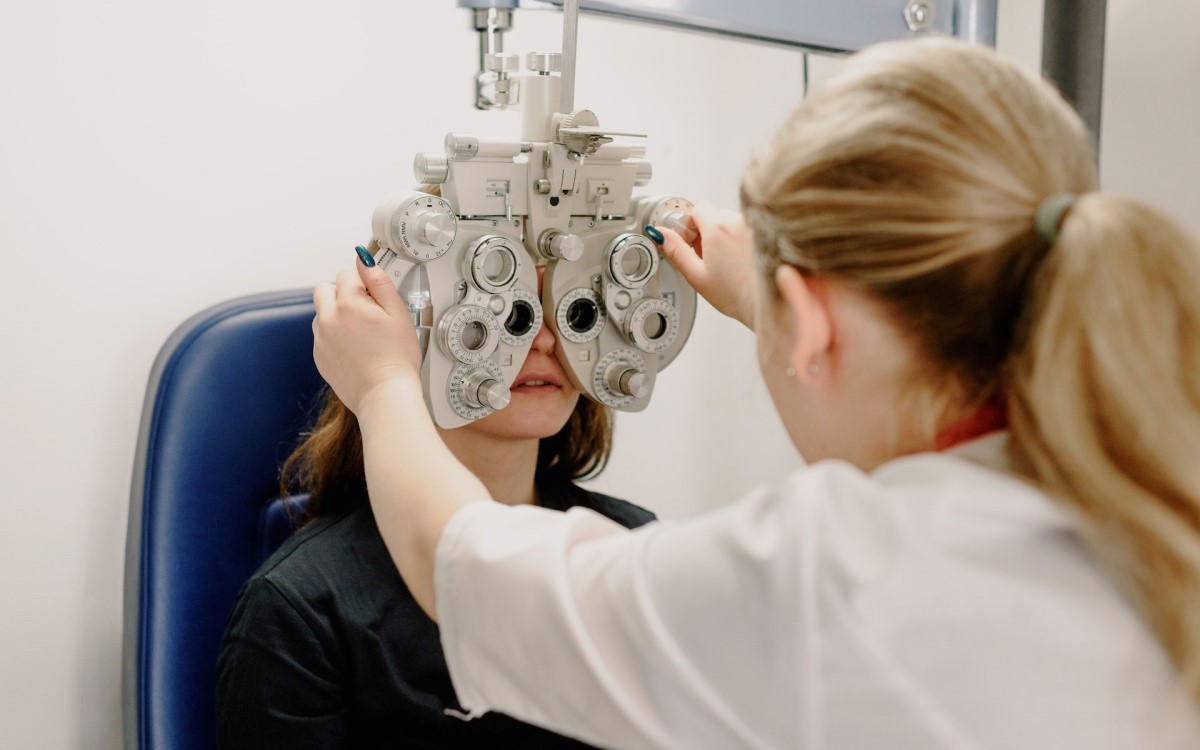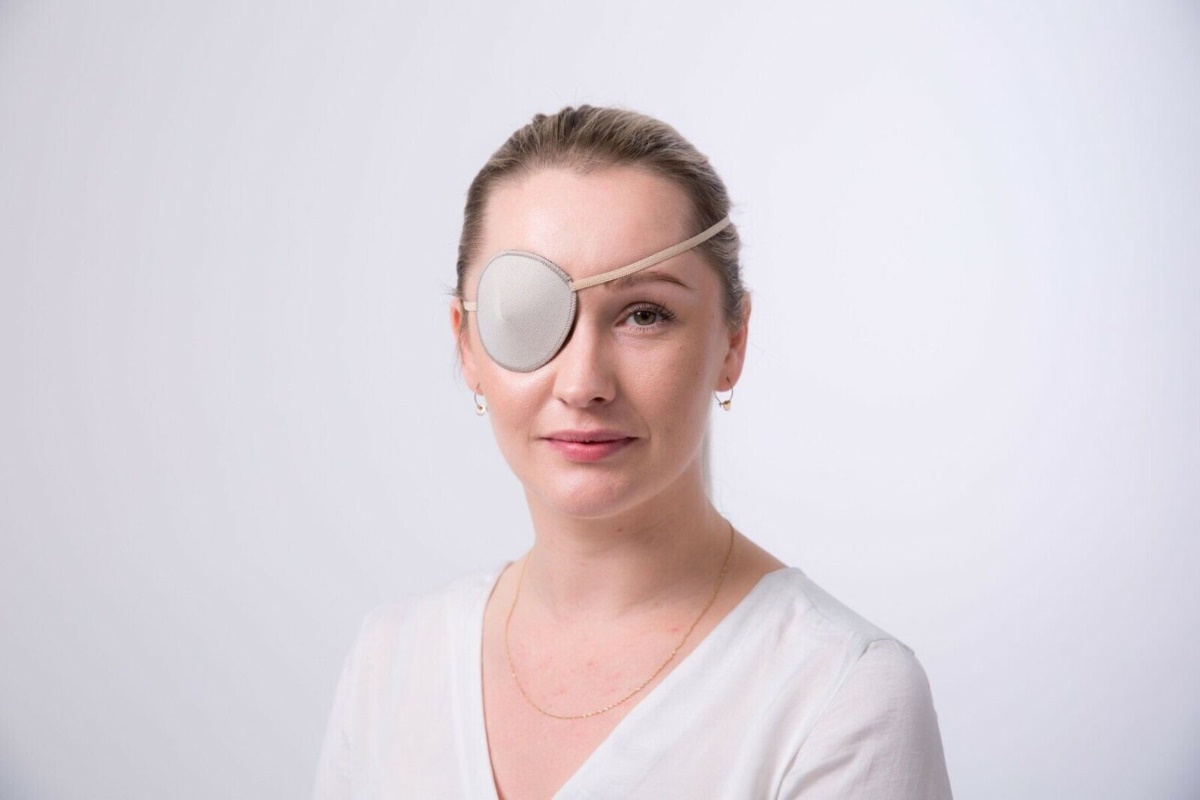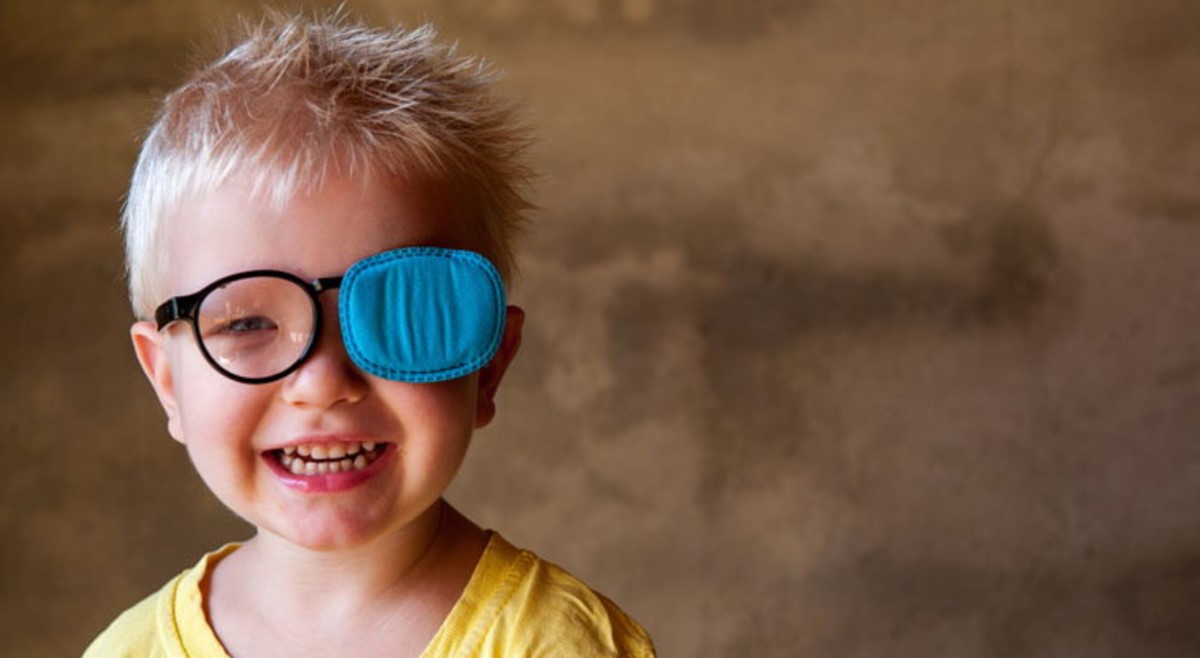Strabismus: What Causes Eyes to Cross?
Ever wonder if someone is shooting you a playful look or their eyes are simply crossed?
Crossed eyes, also known as strabismus, is a condition where the eyes do not align properly. Instead of looking at the same point, one eye may turn inward, outward, upward, or downward. If left untreated, it can lead to greater vision problems.
Let’s take a closer look at crossed eyes by getting to know what causes it, how it’s diagnosed, and the treatments available.
What causes eye crossing?
Poor vision
Eye crossing may occur when one eye has significantly weaker vision than the other. This imbalance causes the brain to favor the stronger eye, often resulting in the weaker eye turning inward or outward. This condition, known as amblyopia or “lazy eye,” may occur due to cataracts, droopy eyelids, or other factors impairing one eye’s vision.
Nerve and muscle disorders
The muscles and nerves that work together to maintain proper alignment of our eyes can be disrupted by certain disorders, resulting in crossed eyes or strabismus. Conditions such as cerebral palsy, Down syndrome, or muscular dystrophy can impact the nerves and muscles that control eye movement.
Brain tumors
Certain brain tumors can lead to eye crossing. These tumors may directly impact the nerves responsible for eye movement or create pressure on the brain, resulting in misaligned eyes.
Refractive errors
This includes nearsightedness, farsightedness, or astigmatism. When the eyes struggle to focus due to these errors, they may overcompensate and turn inwards or outwards, leading to strabismus.
Head injuries
Trauma to the head may cause damage to the nerves and muscles responsible for eye movement, possibly leading to eye crossing. In such cases, seeking medical attention is crucial to prevent further complications.
What raises the risk of eye crossing?
Age
Eye crossing can affect people of all ages, but it is more commonly seen in young children. Around 2-4% of children are affected by strabismus.[1]
Family history
The likelihood of developing eye crossing increases if a close family member, such as a parent or sibling, has previously experienced the condition.
Neurological disorders
People with neurological disorders, such as cerebral palsy or Down syndrome, are at a higher risk of developing eye crossing.
Previous eye injuries
Traumatic injuries to the eye can increase the risk of eye crossing. Damage to the nerves and muscles responsible for eye movement can result in misalignment.
Premature birth
Premature babies have a higher chance of developing eye crossing. This is because the muscles and nerves that control eye movement may not be fully developed yet when they are born, which increases the risk of strabismus.
Tests that help diagnose eye crossing
Eye exam
An eye exam is often the first step in diagnosing eye crossing. This examination may include checking for a wandering eye, testing the coordination between both eyes and using a phoropter to measure the patient’s refractive error.
Neurological exam
In some cases, a neurological exam may be necessary to identify any underlying neurological disorders contributing to eye crossing. This exam evaluates the patient’s brain, nerves, and muscle function to pinpoint potential issues causing strabismus.
Imaging tests
Magnetic resonance imaging (MRI) or computed tomography (CT) scans can be used to identify structural abnormalities, tumors, or other issues that may be causing eye crossing.
Vision tests
A comprehensive vision test is crucial in determining the extent of vision problems associated with eye crossing. These tests evaluate the patient’s visual acuity, depth perception, and ability to focus. They can help the eye care professional understand the severity of the issue and tailor the treatment plan accordingly.
How do cross-eyed people see?
A person with crossed eyes may see the world differently than someone with normal vision, and this can vary depending on the severity of the condition and which eye is affected. Sometimes, the brain can ignore the input from one of the eyes to prevent seeing double. As a result, the person relies on only one eye to see, which can make it challenging to judge distances accurately.
This can affect tasks that require depth perception, such as catching a ball or driving a car. In other cases, the brain may attempt to fuse the images from both eyes, leading to double vision. This can cause discomfort and headaches and make it difficult to focus on objects or perform everyday activities.
Sometimes, double vision in individuals with crossed eyes can come and go. It may occur when the person is tired or when they are looking at specific objects. It’s important to note that not all people with crossed eyes will experience the same visual effects, as it depends on the severity of the condition and how it affects the individual’s vision.
Treatments for eye crossing
Corrective lenses
In cases where crossed eyes are caused or exacerbated by refractive errors, corrective lenses prescribed using a phoropter may help improve the focus of the misaligned eyes.
Corrective lenses, whether in the form of glasses or contact lenses, can help by reducing strain on the eye muscles, allowing them to work together more effectively and improving focus.
Eye patches or occlusion therapy
In cases of amblyopia or “lazy eye,” occlusion therapy may be recommended. This treatment means covering the stronger eye with a patch to make the weaker eye work harder and improve its vision.
Surgery
In more severe cases or when other treatments have not been effective, surgery may be necessary to correct eye crossing. During the procedure, the surgeon will adjust the muscles responsible for eye movement, helping to realign the eyes.
Vision therapy
This non-surgical treatment option involves a series of eye exercises and activities designed to improve eye coordination, focus, and alignment. Under the guidance of an eye care professional, patients can train their eyes to work together more effectively in order to reduce the symptoms of eye crossing.
Can your eyes get stuck crossed?
Contrary to popular belief, crossing your eyes for too long does not cause them to get stuck.
However, it’s important to note that untreated eye crossing or strabismus can lead to potential complications. These can include poor depth perception, amblyopia or “lazy eye,” eye strain and fatigue, and even vision loss in the affected eye if left untreated.
People with crossed eyes may also feel self-conscious about their appearance, which can impact their self-esteem and social interactions.
Safeguarding your vision
Early detection and intervention are crucial in preventing long-term complications. One way to do so is to get regular eye exams, especially for young children and those at higher risk for eye crossing. These checkups can help detect potential issues before they become more severe.
Staying informed and up-to-date on treatment options and seeking medical help as soon as you feel something is off are also vital for protecting your eyes.
To protect your eyes on a regular basis, make sure to wear the right protective gear during sports or any other activities that might result in trauma from eye injuries. This can go a long way in preventing eye disorders like eye crossing.
Remember, your eyes are invaluable, and caring for them equals an investment in your future. Stay proactive, seek professional help when needed, and enjoy the benefits of clear vision and healthy eyes.
References
- “Strabismus and Amblyopia”, Boston Children’s Hospital.

Written by:
Angie Garcia











